The world of Direct-to-Consumer (D2C) marketing is highly competitive, making optimizing critical metrics like Click-through Rates (CTRs) crucial to staying ahead of the competition. In the D2C space, CTR optimization is essential as it directly impacts conversion rates and, ultimately, the overall success of your business. One effective approach to enhance these metrics is through audience segmentation. This method allows for greater insights into customer preferences, helping you to tailor marketing campaigns and drive higher CTRs. By understanding your target audience’s diverse needs and interests, you can create personalized experiences that resonate with them, thereby improving engagement rates and boosting revenue. In this blog post, we’ll explore seven strategies you can employ to harness the power of audience segmentation and optimize your CTRs as a D2C player.
CTR optimization is pivotal in D2C marketing for several reasons. Firstly, it helps you identify the most effective marketing channels and ad creatives, allowing you to allocate your resources efficiently. A high CTR indicates that your marketing message is resonating with the target audience, which results in better conversion rates and increased Return on Investment (ROI). Additionally, optimizing CTRs aids in lowering your customer acquisition costs, ensuring that your marketing budget is utilized effectively.
Audience segmentation enhances CTR by allowing you to understand your customer base better. You can develop highly relevant and personalized marketing campaigns by dividing your audience into smaller, more targeted groups based on demographics, interests, and behaviors. This approach results in higher engagement rates, as your audience is more likely to find the content tailored to their specific needs and preferences. Ultimately, a well-segmented audience leads to improved CTRs, driving growth and profitability in the highly competitive D2C landscape.
Strategy 1: Personalize content based on customer preferences
Understanding your customers’ preferences and shopping habits is the first step to personalizing your marketing messages. By segmenting customers based on their behavior, you can send customized content that appeals to their unique interests. This approach improves engagement and reduces the chances of your messages being perceived as spam. Take note of customers’ past purchases, browsing histories, and product preferences when crafting personalized content. Additionally, leverage social media interactions, email responses, and customer feedback data to create a comprehensive customer profile. With this detailed understanding of your audience, you can deliver targeted messaging that effectively captures their attention, ultimately leading to higher click-through rates and increased conversions in your D2C marketing campaigns.
Stitch Fix is a D2C company that offers personalized styling services for men, women, and kids. They personalize content based on customer preferences using a combination of data-driven algorithms and human touch. Here’s how they arrive at their personalized messages:
- Upon signing up, customers fill out a detailed style profile questionnaire that captures their clothing preferences, sizes, budget, and lifestyle needs. This information serves as the foundation for personalized messaging and product recommendations.
- As customers receive and provide feedback on the items they receive in their ‘Fixes,’ Stitch Fix’s algorithm updates their profile with these preferences. This feedback loop allows the company to continually refine and improve its understanding of each customer’s unique style and preferences.
- The company also monitors customers’ browsing behavior on its website, tracking items they have liked or disliked, and incorporates this information into its personalization efforts.
- Stitch Fix’s professional stylists use this rich data to handpick items that cater to each customer’s specific preferences, creating a highly personalized experience. The company then sends personalized messages through email and in-app notifications, offering tailored style advice, curated outfit suggestions, and exclusive previews of new items.
Stitch Fix has created a unique and engaging shopping experience that drives customer loyalty, repeat business, and word-of-mouth referrals by personalizing content based on customer preferences. This approach has enabled the company to differentiate itself in the highly competitive D2C fashion space and achieve significant success.
Strategy 2: Create buyer personas
Identifying key customer groups and creating buyer personas allow you to tailor your marketing campaigns for each segment. Recognizing their demographic characteristics, such as age, gender, and income, helps you create content that better resonates with your target audience. Additionally, consider psychographic factors like interests, values, and lifestyle choices, as well as behavioral traits like purchasing patterns and brand loyalty. As these personas become more detailed, your marketing messages will appeal more to your customers, leading to a higher CTR. Regularly updating and refining these buyer personas, using customer feedback and data analysis, ensures your messaging remains relevant and effective. By catering to each persona’s specific needs and preferences, you can create highly targeted campaigns that engage your audience and drive conversions in the competitive D2C landscape.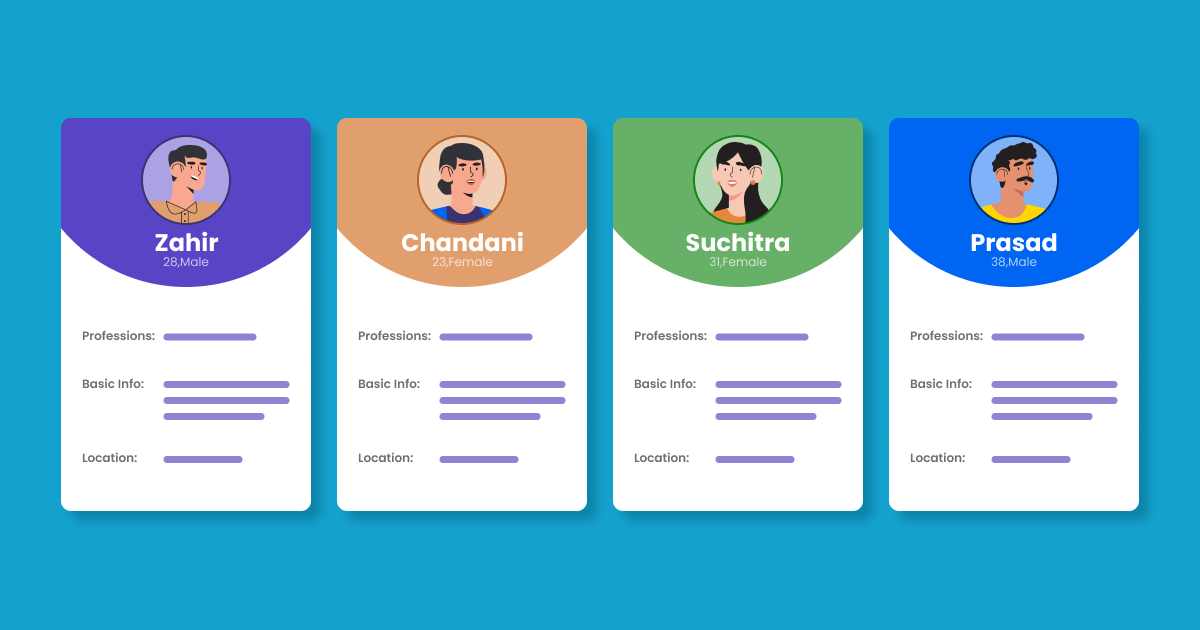
In order to increase their CTR, Glossier, a direct-to-consumer beauty firm, developed strong, thorough buyer personas. Glossier has been able to create marketing strategies that have a profound impact on its customers by putting a strong emphasis on comprehending its target audience’s specific wants and preferences. The process is as follows:
- Social listening and community engagement: Glossier has built a strong presence on social media platforms like Instagram and Twitter, where they actively engage with their audience. They use social listening to understand their customers’ preferences, concerns, and desires, which informs the creation of their buyer personas. This also enables them to identify emerging trends and respond quickly with tailored messaging and product offerings.
- User-generated content (UGC): Glossier encourages customers to share their experiences, opinions, and photos with the brand through user-generated content. This wealth of information helps the company refine its buyer personas and understand how different customer segments interact with its products. By incorporating UGC into their marketing campaigns, Glossier can showcase relatable, authentic content that resonates with their target audience, ultimately driving higher CTRs.
- Surveys and customer feedback: Glossier frequently collects customer feedback through surveys and reviews. This direct communication with customers allows the company to gather valuable insights into their needs, preferences, and pain points. This data is then used to enhance buyer personas and create marketing messages that address specific customer concerns or desires.
- Data analysis: Glossier leverages customer data from multiple sources, including website analytics, purchase history, and CRM systems, to create a comprehensive understanding of its audience. This data-driven approach enables them to continuously refine their buyer personas and optimize their marketing campaigns for maximum CTR.
Glossier has amassed a devoted following and achieved exceptional development in the cutthroat D2C cosmetics sector by creating in-depth buyer profiles and remaining attentive to their client’s requirements.
BONUS READ: Avoid These 7 BFSI Web Push Notification Mistakes and Increase CTR by 3X
Strategy 3: Leverage psychographic segmentation
Beyond simple demographics, psychographic segmentation considers the customer’s values, interests, and lifestyles. Thanks to these insights, you can produce content that meets your audience’s needs and desires. You may produce content that resonates deeper and boosts engagement and CTRs by concentrating on their aspirations, concerns, and motivations. You may build a closer connection with your audience and, as a result, promote trust and loyalty by tuning into their emotional and psychological needs. With a greater understanding of your audience, you can develop gripping stories and emotionally charged marketing campaigns that inspire real emotions in your target audience, encourage people to interact with your content and learn more about your Direct-To-Consumer (D2C) offers. Ultimately, psychographic segmentation enables you to forge deeper connections with your audience, ultimately leading to long-term success in the fiercely competitive D2C market.
Psychographic segmentation is used by D2C fitness company Peloton to boost CTRs. Peloton is well-known for its high-end exercise equipment and on-demand workout classes. They know that their clients are interested in more than simply fitness equipment; they also want to reach their own objectives, enhance their mental health, and connect with like-minded people. The process is as follows:
- Targeting aspirational goals: Peloton develops advertising strategies that appeal to consumers’ desires for a better living. They may engage with their audience on a deeper level by stressing personal accomplishment, self-improvement, and mental health, which makes their material more enticing and engaging.
- Building a community: Peloton has cultivated a strong sense of community among its users, offering live classes, leaderboards, and social features that enable interaction and support among members. This fosters a sense of belonging and camaraderie, an essential aspect of the brand’s psychographic appeal. By addressing the desire for connection and shared experiences, their marketing campaigns resonate with customers seeking more than just fitness equipment.
- Personalization and tailored experiences: Peloton uses customer data to understand its audience’s fitness preferences, goals, and habits. This information recommends personalized workout plans, suggests new classes, and offers relevant content that aligns with customers’ interests and lifestyles. By tailoring its marketing messages to its users’ unique needs and desires, Peloton can create highly engaging content that results in higher CTRs.
- Leveraging influencers and testimonials: Peloton collaborates with fitness influencers and showcases real-life success stories from their users to inspire and motivate their audience. These testimonials highlight their products and services’ emotional and transformative impact, creating an authentic connection with potential customers.
Peloton has developed extremely engaging marketing campaigns that raise CTRs and contribute to its success as a top D2C fitness company by leveraging psychographic segmentation to identify and cater to its customers’ beliefs, interests, and lifestyles.
Strategy 4: Geo-targeting and local relevance
Geo-targeting is another effective way to boost CTRs by catering to regional trends in D2C consumption. By customizing campaigns based on location, you can ensure your content resonates locally. This approach is particularly useful for location-based offers, promotions, or events relevant only to specific geographical areas. Additionally, geo-targeting enables you to consider cultural differences, language preferences, and regional buying patterns, which can significantly enhance the appeal and relevance of your marketing messages. By leveraging location data, you can create hyper-localized campaigns that drive engagement and conversions, ultimately leading to improved CTRs. In the competitive D2C landscape, embracing geo-targeting as part of your audience segmentation strategy can give you a crucial edge, helping you connect with your audience in a more meaningful and contextually relevant manner.
Casper, a D2C mattress and sleep products company, uses geo-targeting to maximize their CTRs and reach customers more effectively. They leverage location data to create highly relevant marketing campaigns that cater to regional trends, preferences, and events. Here’s how they do it:
- Customizing ad creatives: Casper tailors its ad creatives based on the geographical location of their audience, considering regional interests, preferences, and even climate factors. For instance, they may aggressively promote their cooling mattress in warmer regions while emphasizing cozy bedding products in colder areas.
- Location-based promotions and events: Casper hosts pop-up shops and events in various cities to connect with potential customers and showcase their products. They use geo-targeting for advertising these events to people within a specific radius, ensuring that their marketing messages reach a local audience more likely to attend.
- Seasonal campaigns: Casper takes advantage of regional holidays, festivals, and events to create tailored marketing campaigns that resonate with customers on a local level. They align their messaging and promotions with these events, resulting in a more engaging and relevant customer experience.
- Language and cultural preferences: Casper adjusts its marketing messages and website content to cater to its customers’ language and cultural preferences in different regions. This approach ensures that their content is easily understood and appeals to the unique sensibilities of their diverse audience.
BONUS READ: Avoid These 15 Web Push Notification Mistakes and Increase CTR by 3X
By using geo-targeting as part of its marketing strategy, Casper is able to create highly localized campaigns that effectively engage its audience and drive higher CTRs. This approach helps the company stand out in the competitive D2C mattress and sleep products market, ensuring its marketing efforts resonate with customers across different regions.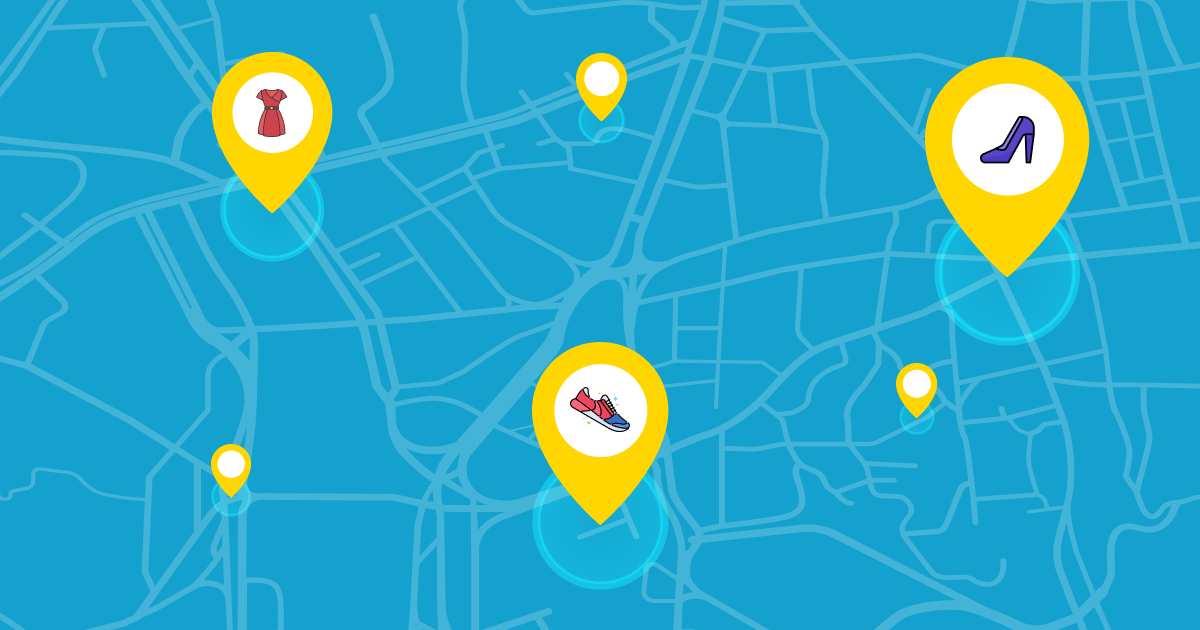
Strategy 5: Test and optimize ad creatives
Experimenting with different marketing messages and creatives through A/B testing can help you identify which strategies are most effective for your audience segments. Make slight alterations to your creatives, headlines, offers, or CTAs to understand which elements resonate better with each segment. By continually testing and iterating, you can improve your marketing campaigns and optimize CTRs. This data-driven approach enables you to make informed decisions and invest your marketing resources more efficiently, leading to better ROI and overall performance. Moreover, it helps you stay agile and responsive to evolving customer preferences, ensuring your messaging remains relevant and engaging in the ever-changing D2C landscape. Ultimately, testing and optimization are crucial for refining your audience segmentation strategy and driving sustained growth in the highly competitive world of direct-to-consumer marketing.
Dollar Shave Club, a D2C razor and grooming goods firm with a subscription model, tests and improves ad creatives to raise CTRs and boost consumer engagement. Their commitment to data-driven decision-making and experimentation has helped them succeed in the cutthroat personal care sector. Here is how it benefits them:
- Ad variations: Dollar Shave Club creates multiple versions of its ads with different headlines, visuals, messaging, and CTAs. By running these variations simultaneously, they can gather data on which creative elements perform best with their target audience and optimize their campaigns accordingly.
- Audience-specific messaging: The company tests ad creatives tailored to different audience segments, such as age groups, gender, or interests. This allows them to identify which messages resonate most with each segment, leading to more effective targeting and higher CTRs.
- Channel-specific optimization: Dollar Shave Club tests ad creatives across different marketing channels, such as social media, email, and display advertising. This helps them determine the best-performing creatives for each channel and optimize their campaigns for maximum engagement and conversions.
- Continuous improvement: Dollar Shave Club constantly tests and iterates its ad creatives and stays current with evolving customer preferences and industry trends. This approach ensures their marketing messages remain fresh, relevant, and engaging, contributing to their ability to attract and retain customers in a highly competitive market.
Dollar Shave Club has been able to raise its CTRs and foster consumer engagement by investing in the testing and optimization of ad creatives, which has led to a strong brand presence and consistent growth in the D2C personal care market.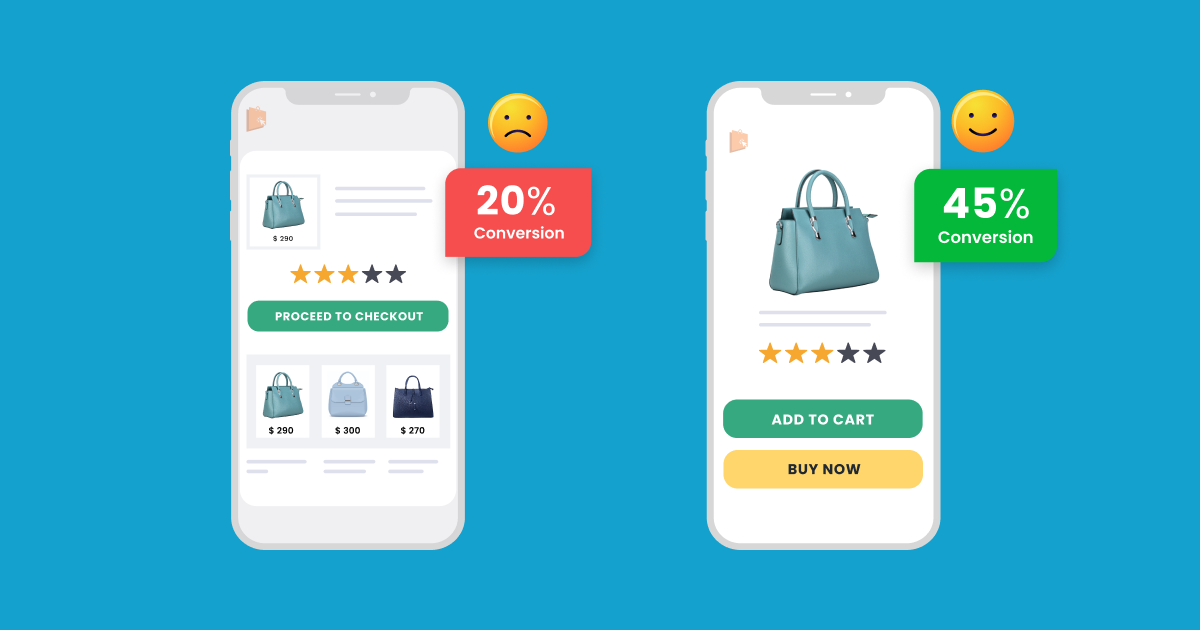
Strategy 6: Utilize Machine Learning for customer insights
Understand the behavioral patterns of your customers, such as frequency of purchases, average order value, and response to promotions. By segmenting your audience based on these behaviors, you can create personalized content that directly addresses their specific needs and encourages them to click through. Additionally, investing in nurturing these high-value customers through targeted offers, loyalty programs, and exclusive perks can strengthen their relationship with your brand and foster long-term loyalty. This results in higher CTRs, improves customer retention and drives revenue growth in the competitive D2C landscape. By prioritizing your most valuable customers and implementing data-driven strategies to cater to their unique needs and preferences, you can optimize your marketing efforts and create a sustainable path to success in the world of direct-to-consumer marketing.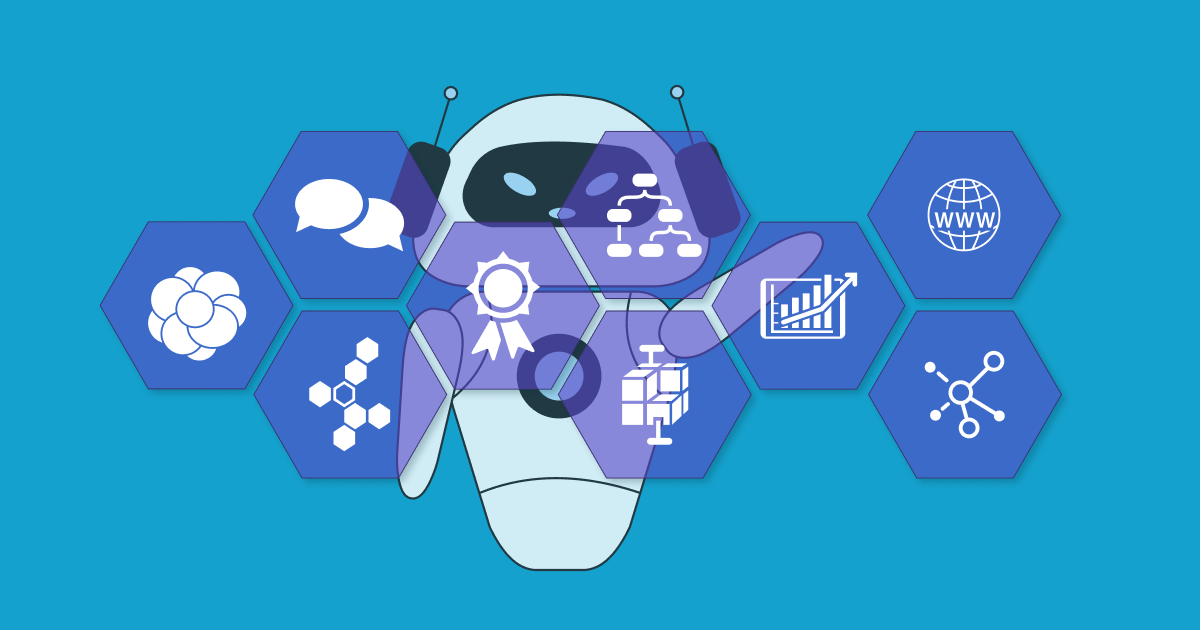
Spotify uses Machine Learning (ML) to learn about customers’ listening habits and preferences, maximizing CTRs on their marketing campaigns and app engagement. Here’s how ML helps them achieve this:
- Personalized recommendations: Spotify’s ML algorithms analyze users’ listening history, creating personalized playlists such as ‘Discover Weekly’ and ‘Daily Mixes.’ These curated playlists introduce users to new songs and artists based on their tastes, increasing engagement and app usage.
- Collaborative filtering: By comparing users’ listening habits to those of others with similar preferences, Spotify’s ML algorithms can recommend popular songs and artists within specific listener groups. This improves the accuracy and relevance of recommendations, leading to higher engagement and CTRs on in-app content.
- Optimized marketing messages: Spotify uses ML to analyze customer engagement with their marketing content, such as email campaigns and social media ads. By understanding which messages resonate with different customer segments, they can create targeted campaigns that maximize CTRs and drive conversions.
- Audio features analysis: Spotify’s ML algorithms also analyze audio features of songs, such as tempo, key, and loudness, to better understand users’ preferences and recommend songs that align with their tastes. This enhances the personalization of their service, increasing customer satisfaction and app usage.
- Context-aware recommendations: Spotify considers contextual factors, like time of day or user activity, to tailor its recommendations. This means users receive playlists or recommendations that suit their current context, making them more likely to engage with the content.
By leveraging ML to learn about its customers and deliver highly personalized service, Spotify has been able to maximize CTRs, drive customer satisfaction, and solidify its position as a leading D2C music streaming service.
Strategy 7: Employ remarketing
By skillfully implementing remarketing strategies, you can re-engage customers with a prior interest in your brand, products, or services, fostering stronger connections with these valuable prospects. Retargeting these individuals with bespoke ads and captivating messaging can gently remind them of their initial interest and nudge them to complete a desired action, such as purchasing or signing up for a newsletter. This strategic approach ultimately drives higher click-through rates and maximizes the return on your marketing investment.
In addition to remarketing, expanding your reach with similar audiences can help you tap into a fresh customer base that shares characteristics and preferences with your existing, engaged users. By leveraging lookalike audiences, you can identify and connect with potential customers more likely to respond positively to your marketing efforts. This targeted approach optimizes your CTRs and creates a broader, more receptive audience for your direct-to-consumer campaigns.
By combining the power of retargeting and lookalike audience strategies, you can enhance your marketing initiatives, build stronger relationships with your customers, and foster sustainable growth in the competitive D2C landscape. Embracing these data-driven techniques will enable you to create more impactful and engaging campaigns, ultimately fueling your brand’s success and solidifying your position within your market niche.
Epigamia, an innovative Mumbai-based Greek Yogurt brand, has successfully partnered with WebEngage to elevate its remarketing strategies and improve its click-through rates (CTRs). By leveraging WebEngage’s powerful engagement and retention tool, Epigamia can now tap into superior analytics, segmentation, and personalization capabilities to optimize its marketing efforts. Here’s how it’s done:
- WebEngage enables Epigamia to tailor their email marketing campaigns to target users who have previously shown interest in its products. By segmenting users based on preferences and behavior, the brand can engage them with contextual messages that are highly relevant and resonate with their unique needs. This personalized approach to remarketing not only strengthens brand loyalty but also fosters higher CTRs and conversions.
- WebEngage’s comprehensive analytical capabilities offer Epigamia a 360° view of its users, products, and campaigns, allowing the brand to assess the impact of each engagement channel. With the ability to analyze email campaigns against various performance indicators, Epigamia better understands how its marketing efforts impact user engagement, conversions, and revenue. This invaluable insight empowers the brand to make data-driven decisions and continually refine its remarketing strategies for maximum effectiveness.
As a result of their collaboration with WebEngage, Epigamia has witnessed remarkable growth in its key performance metrics, including a 25% quarter-over-quarter (QoQ) boost in orders placed and a +20% rise in email open rates. By harnessing the power of WebEngage’s cutting-edge tools, Epigamia has optimized its remarketing campaigns and solidified its position as a leading D2C brand in the highly competitive market.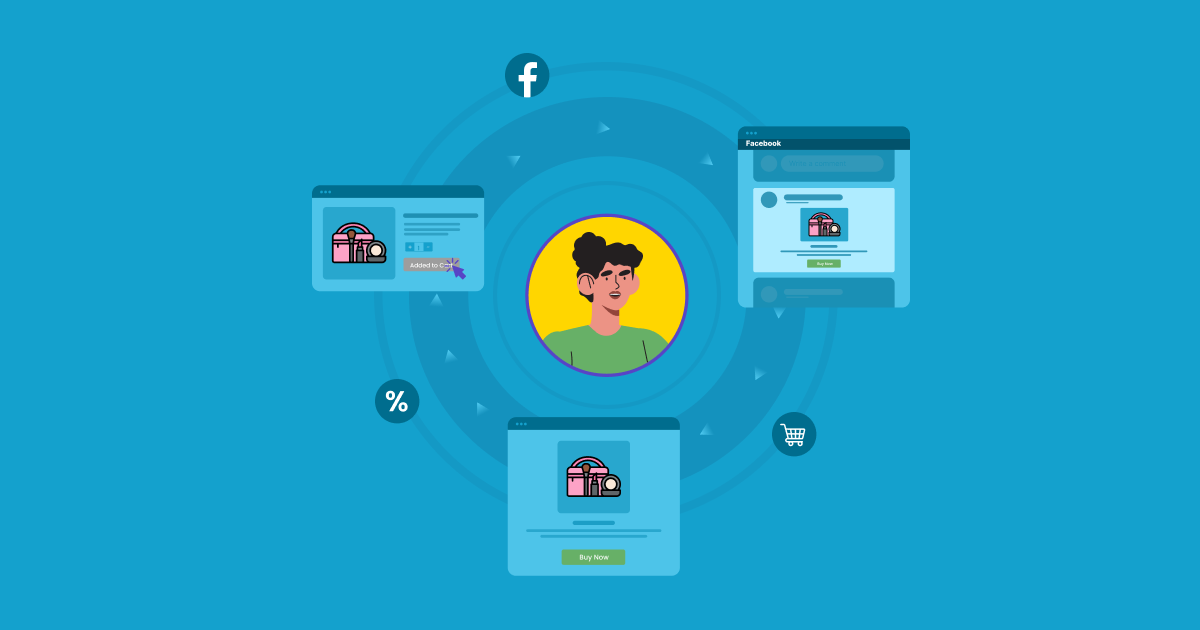
BONUS READ: WhatsApp Unleashed: 10 Key Benefits For D2C And E-Commerce Brands In Their Marketing Strategy
Conclusion
In conclusion, the seven strategies we’ve explored for Direct-to-Consumer (D2C) companies to increase their click-through rates (CTRs) include personalizing content based on customer preferences, creating detailed buyer personas, utilizing psychographic segmentation, employing geo-targeting, testing and optimizing ad creatives, focusing on high-value customers, and leveraging remarketing strategies with lookalike audiences. When applied in tandem, these actionable methods can significantly boost your brand’s CTRs and ensure a more effective and targeted approach to marketing.
We encourage D2C companies to embrace these strategies and implement them in their marketing campaigns to optimize CTRs, drive customer engagement, and achieve sustainable growth in the competitive landscape. By continually refining your marketing strategies based on data-driven insights, you will be better equipped to connect with your target audience and unlock the full potential of your direct-to-consumer business.

































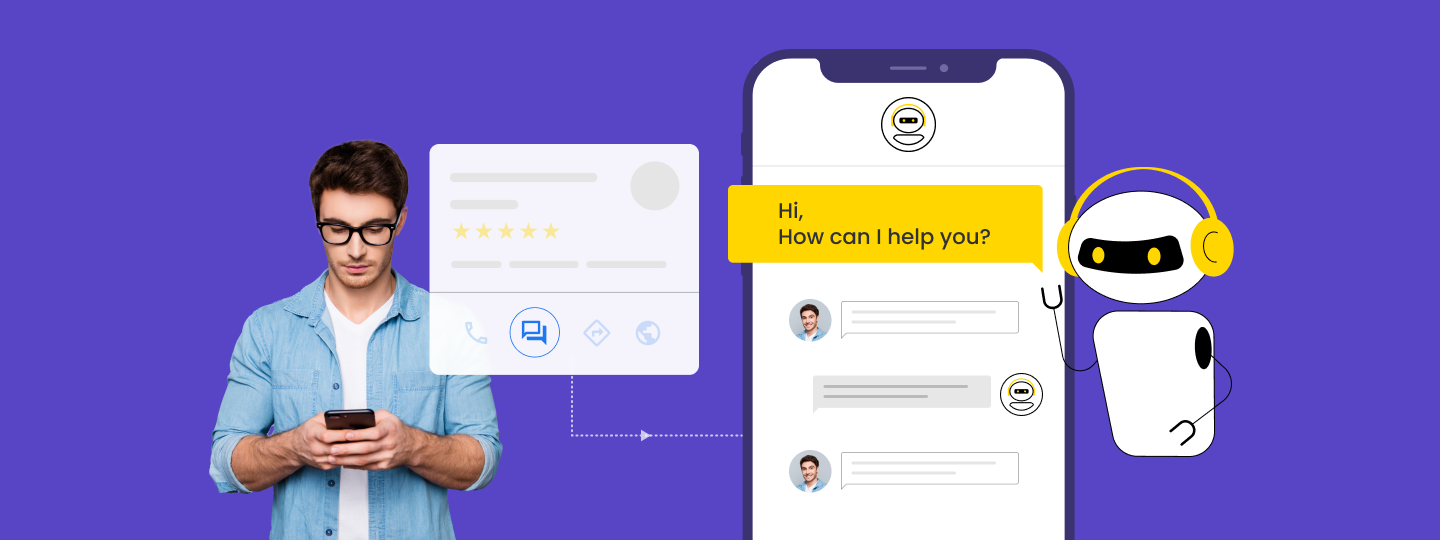
 Dev Iyer
Dev Iyer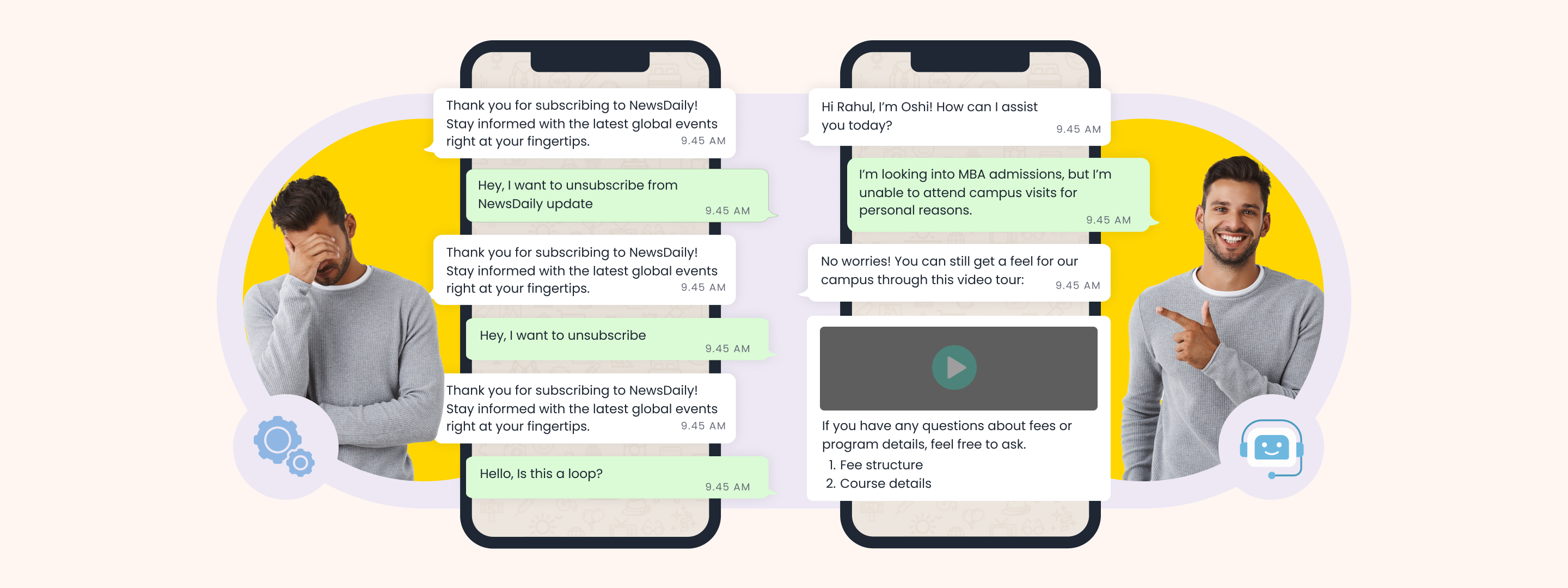
 Surya Panicker
Surya Panicker
 Harshita Lal
Harshita Lal